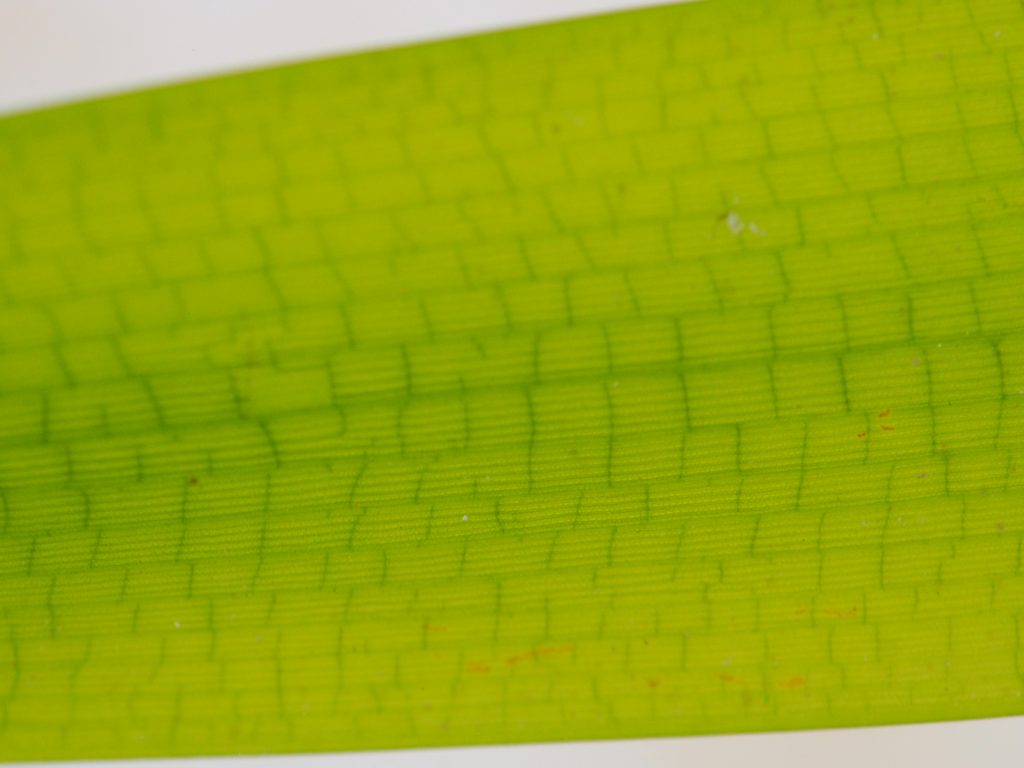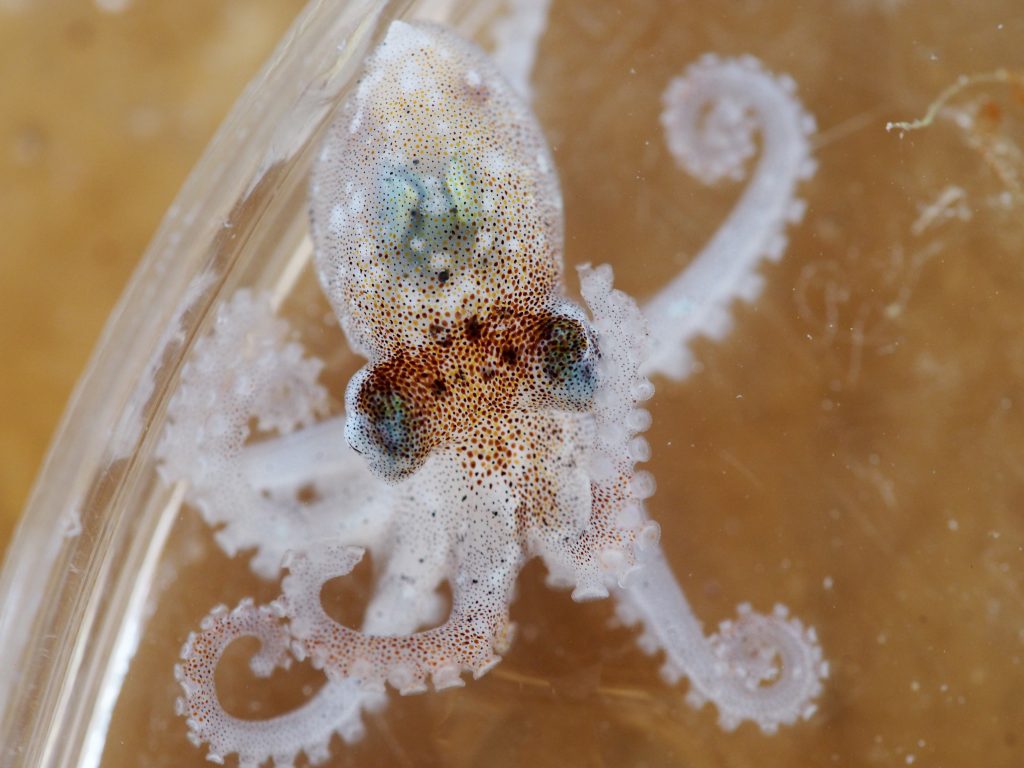The biodiversity of the rainforest and coral reef is of a scale that we cannot easily comprehend. Even scaled down the Chiquibul forest and Glover’s reef atoll, the sheer number of species that I saw on this trip is crazy. If you narrow it even more to my two taxonomic groups, I still couldn’t tell you about all of the variety that I saw in these two short weeks.
One of the key similarities that I found between the two ecosystems was the high degree of topographical complexity. Not only were they complex, but each tropic layer added complexity in a way that created to what had already been created. For example, the bare sea floor is not a topographically complex area to start with. Over geological time scales, however, reef-building species (stony corals, formerly Acropora palmate) create a much different topography. Onto of this, other stony corals can settle and develop. From this, builds soft coral, sponges and other reef builders/space occupiers. Combined with the tight nutrient cycling and the mutualism with Symbiodinium the actions of stony corals build up to lay the groundwork for a myriad of other taxonomic groups. In the high moisture high heat environment, colonization of this topographically complex area adds and adds. In the rainforest, rather than topographical complexity being created by calcium carbonate laying species, the massive trees create the framework. Similarly, there is a nutrient-poor environment coupled with rapid cycling. These similarities are stark, more obvious than I thought they would be before going on the trip. I didn’t believe that there would such an interchange between turf and surf.
The most interesting thing about marine and terrestrial habitats for me was how similar my two taxonomic groups ended up being. Both epiphytes and soft corals were secondary groups to the dominant builders (trees and stony corals). They gained a lot from the dominant builders. Epiphytes, as plants that grow on other plants, benefit greatly from the topography created by trees. From my observations on the reef, I saw that soft corals were in a general association with the stony corals. I would never have made this association without the EBIO 319 class.
While I expected to be doing longer-term projects in both the rainforest and the reef, the smaller scale definitely allowed us to get a broader understanding of what was going on ecologically in the Chiquibul and Glover’s Reef. I also can’t say how much I loved getting to know the people on this trip. Not only the students, but also the professors, and all staff of the research stations. I am still finding it odd to not be with them right now. My only hope for the course is that next year Scott and Adrienne get to run the EBIO 320 course in Brazil. I would most certainly attend.
In the end, the most valuable thing that I got out this trip was exactly what I hoped I would at the beginning: a higher degree of clarity. I know research is what I want to do. Maybe not in the exact context of Belize, but I certainly enjoyed getting to establish connections in the region. I also gained a much greater appreciation for the surf side of things. Though I do believe that I will be terrestrial focused, I can see a lot more connections to marine life that I did not before. Additionally, lecturing about the topic of NTDs was one of my favorite parts of the trip, leading me to believe that this could be a possible field to pursue. Years from now, I certainly won’t remember the specific of our projects, but I will remember how spending two weeks with this crazy group of sixteen people gave me confidence in myself and my field of choice.





